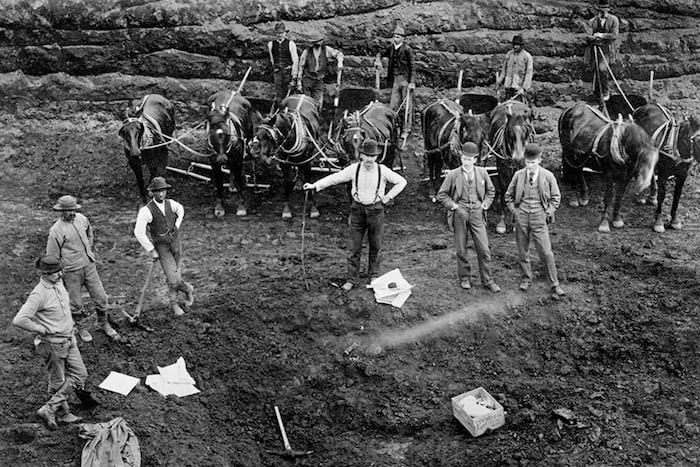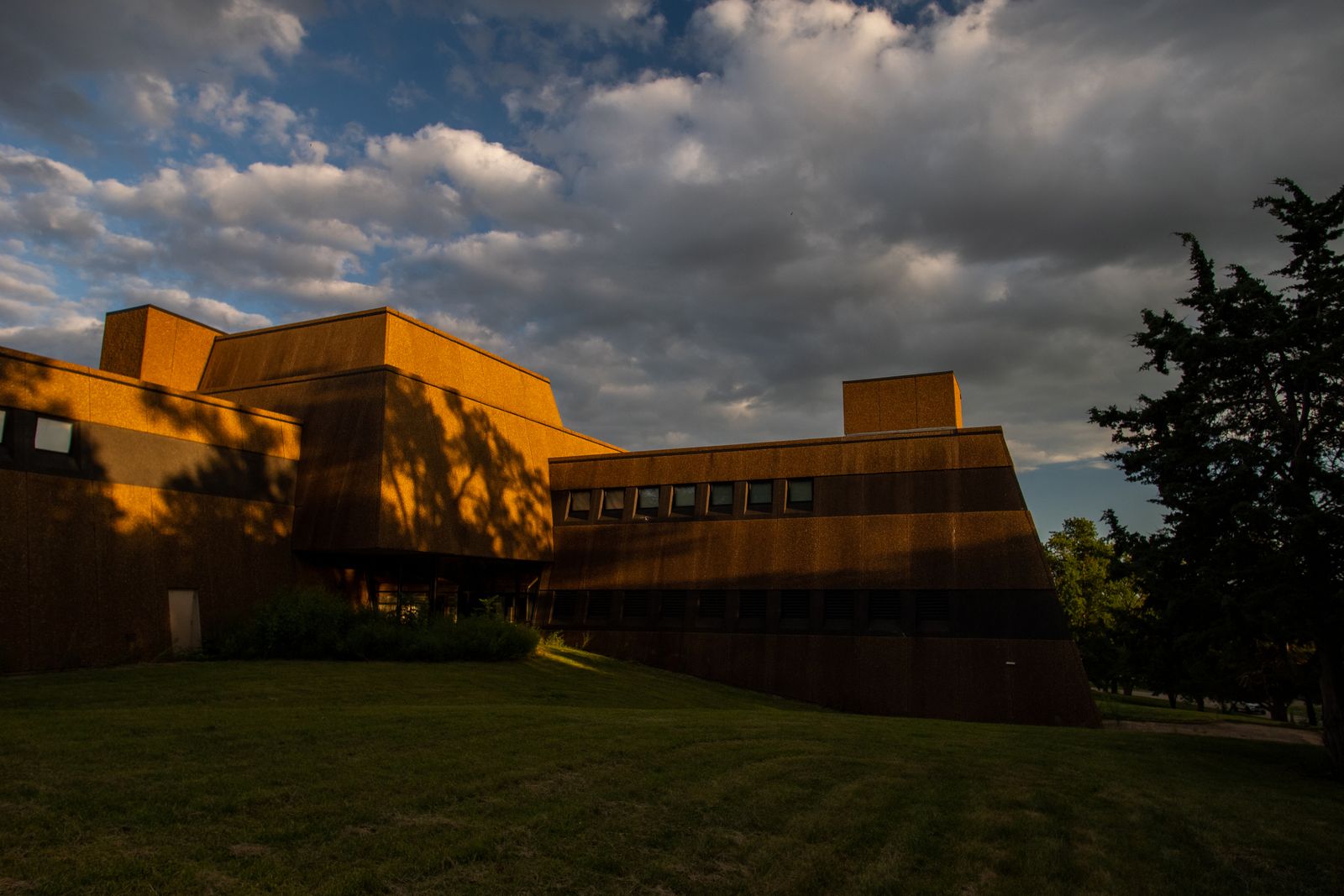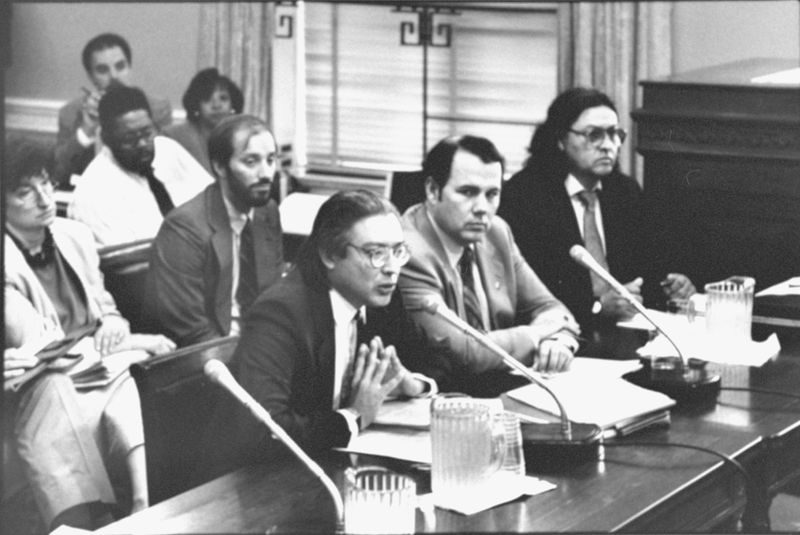Maricopa County, Arizona
Institutions reported making 31% of the more than 1,800 Native American remains taken from Maricopa County, Arizona available for return to tribes under NAGPRA.
There are 29 institutions that reported Native American remains taken from Maricopa County, Arizona.
| Institution | Remains Not Made Available for Return | Remains Made Available for Return | % of Remains Made Available for Return |
|---|---|---|---|
| Arizona State University, School of Human Evolution and Social Change | 773 | 35 | 4% |
| University of Arizona, Arizona State Museum | 318 | 9 | 3% |
| Harvard University | 148 | 0 | 0% |
| U.S. Department of the Interior | 15 | 54 | 78% |
| American Museum of Natural History | 4 | 0 | 0% |
| University of Nebraska State Museum | 2 | 0 | 0% |
| S'edav Va'aki Museum | 1 | 228 | 100% |
| Beloit College, Logan Museum of Anthropology | 1 | 0 | 0% |
| Grand Rapids Public Museum | 1 | 0 | 0% |
| Sul Ross State University, Museum of the Big Bend | 1 | 0 | 0% |
| University of Kansas | 1 | 0 | 0% |
| Arizona Capitol Museum | 0 | 2 | 100% |
| Arizona Museum of Natural History | 0 | 84 | 100% |
| Brown University, Haffenreffer Museum of Anthropology | 0 | 2 | 100% |
| Denver Museum of Nature and Science | 0 | 1 | 100% |
| Heard Museum | 0 | 18 | 100% |
| History Colorado | 0 | 5 | 100% |
| Indiana University | 0 | 1 | 100% |
| Milwaukee Public Museum | 0 | 2 | 100% |
| Museum of Northern Arizona | 0 | 87 | 100% |
| Pomona College, Montgomery Gallery | 0 | 2 | 100% |
| Robert S. Peabody Institute of Archaeology, Phillips Academy | 0 | 8 | 100% |
| Santa Barbara Museum of Natural History | 0 | 1 | 100% |
| U.S. Department of Agriculture | 0 | 22 | 100% |
| U.S. Department of Defense | 0 | 1 | 100% |
| University of California, Los Angeles, Fowler Museum of Cultural History | 0 | 1 | 100% |
| University of Colorado Museum | 0 | 2 | 100% |
| University of Denver, Museum of Anthropology | 0 | 1 | 100% |
| University of Oregon Museum of Natural and Cultural History | 0 | 2 | 100% |
Institutions made Native American remains taken from Maricopa County, Arizona available for return to 22 tribes.
| Tribe | Remains Made Available for Return to Tribe |
|---|---|
| Tohono O'odham Nation of Arizona | 550 |
| Gila River Indian Community of the Gila River Indian Reservation, Arizona | 546 |
| Salt River Pima-Maricopa Indian Community of the Salt River Reservation, Arizona | 543 |
| Ak-Chin Indian Community | 538 |
| Hopi Tribe of Arizona | 535 |
| Zuni Tribe of the Zuni Reservation, New Mexico | 449 |
| Navajo Nation, Arizona, New Mexico and Utah | 7 |
| Cocopah Tribe of Arizona | 4 |
| Colorado River Indian Tribes of the Colorado River Indian Reservation, Arizona and California | 4 |
| Quechan Tribe of the Fort Yuma Indian Reservation, California and Arizona | 3 |
| Fort McDowell Yavapai Nation, Arizona | 2 |
| Fort Mojave Indian Tribe of Arizona, California and Nevada | 2 |
| Havasupai Tribe of the Havasupai Reservation, Arizona | 2 |
| Hualapai Indian Tribe of the Hualapai Indian Reservation, Arizona | 2 |
| Kaibab Band of Paiute Indians of the Kaibab Indian Reservation, Arizona | 2 |
| Pascua Yaqui Tribe of Arizona | 2 |
| San Carlos Apache Tribe of the San Carlos Reservation, Arizona | 2 |
| San Juan Southern Paiute Tribe of Arizona | 2 |
| Tonto Apache Tribe of Arizona | 2 |
| White Mountain Apache Tribe of the Fort Apache Reservation, Arizona | 2 |
| Yavapai-Apache Nation of the Camp Verde Indian Reservation, Arizona | 2 |
| Yavapai-Prescott Indian Tribe | 2 |
Know how an institution is handling repatriation? Have a personal story to share? We'd like to hear from you.
Watch an informational webinar with our reporters.
This tool presents a dataset maintained by the National Park Service containing all the Native American human remains and associated funerary objects that institutions have reported to the federal government under the Native American Graves Protection and Repatriation Act. The dataset includes information about the state and county where remains and objects were taken from, which institutions hold them and whether they have been made available for return to tribes.
The data is self-reported by institutions. The amount of unrepatriated Native American remains reported by institutions is a minimum estimate of individuals and institutions frequently adjust these numbers when they reinventory groups of remains. Some institutions that are subject to NAGPRA have also entirely failed to report the remains in their possession. As a result, the numbers provided are best taken as estimates. The actual number and geographic scope of what’s held by publicly funded institutions is larger than what is presently documented.
ProPublica supplemented this dataset with information about cultural affiliation and disposition to specific tribes by systematically parsing the text of Notices of Inventory Completion published in the Federal Register. An additional dataset from the Department of Housing and Urban Development, the Tribal Directory Assessment Tool, was used for the section on remains not made available for return from counties that each tribe has indicated interest in to the federal government.
Institution location and tribal headquarters location information was provided by National NAGPRA. The location of some groups that are not federally recognized was provided through research by ProPublica.
Institutions that are part of a larger entity are grouped. (For example, the Mesa Verde National Park is part of the U.S. Department of the Interior.)
Institutions that have not submitted information to the federal government are not listed. The Smithsonian Institution is not listed because its repatriation process falls under the National Museum of the American Indian Act and it is not required to publicly report its holdings with the same detail as institutions subject to NAGPRA.
If you work for an institution and would like to provide comment on your institution’s repatriation efforts, please email [email protected]. If you think the data is incorrect or have a data request, please get in touch. We are aware of some issues with the accuracy of location information and tribes mistakenly being identified for disposition of Native American remains in published notices.
If you want to share something else with ProPublica, we’d like to hear from you.
If you have questions about implementing or complying with the Native American Graves Protection and Repatriation Act, get in touch with National NAGPRA or the NAGPRA Community of Practice.
We use the word “tribes” to refer to all groups that institutions made Native American remains available to under NAGPRA. This includes tribes, nations, bands, pueblos, communities, Native Alaskan villages, Native Hawaiian organizations and non-federally recognized groups.
Data sources from Department of the Interior, National Park Service, National NAGPRA Program, the Federal Register, Department of Housing and Development, Tribal Directory Assessment Tool


